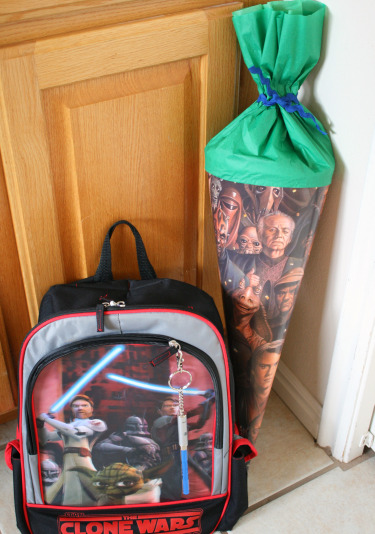California History
New Century
Lesson 28
In the 1960’s people fought for Civil Rights - freedoms as citizens - for minorities. A minority is a group of people that is a smaller part of the whole population. Black Americans fought for the things like the right to buy houses and to be hired for jobs. Migrant farm workers fought for fair wages and better working conditions. They created a labor union - a group of workers joined together to protect their own rights.
California’s population grew by more than half a million people in 1999. There are more people living in California than in any other state in the United States. Eight of every ten residents live in cities. The four largest cities are Los Angeles, San Diego, San Jose, and San Francisco. Los Angeles is the largest city.
The majority of immigrants to California come from Asia and Latin America. A new law passed in 1965 allowed many more immigrants to come to the United States. The war in Vietnam in the 1960’s and 1970’s created refugees - people who flee their homeland to find safety or freedom. Many came to California. About one third of all Asian people living in the United States live in California. Refugees from Central America have also found refuge in California. Immigrants have enriched California’s culture with different food, art, music, games and dances.
California is the eighth largest economy in the world. Most jobs are industrial - done by machines. Products are produced for computers, electronic components, missiles and scientific instruments. There are many laboratories for research and testing. The Silicon Valley in Santa Clara county is the world’s leader in the production of high-technology equipment. Computer technology has helped the movie industry by creating special effects. Computers and movies are California’s largest exports - products sold to other countries. Other exports are oil, blue jeans, agricultural products and airplanes. California imports many products from other countries; mostly from countries in Asia. These include cars, cameras and silk fabrics.
Transportation is a growing problem. New freeway systems have been built and many miles of highway added. The BART system in the Bay Area and the Red and Blue Lines in Los Angeles have been created, but most people prefer their automobiles. Ride-sharing is encouraged and carpool lanes help.
The air quality of California is getting worse. The emissions from automobiles and factories creates pollution - the smoke, dirt and gases that make the air unclean and smoggy. California has some of the dirtiest air in the United States. Laws have been passed for cars to be made with a device to trap pollution from engine exhaust. Cars are now designed to burn less gas than the bigger cars of the past.
California has had problems with power In 2001, there were rolling “blackouts”. Too many private power companies and not enough power plants led to this problem. The summer of 2001 was mild, people began conserving energy and six new power plants were opened. By the end of 2001, there was an energy surplus.
The Los Angeles Aqueduct brought water to Los Angeles, but it created dust storms in the Owens Valley where cattle used to graze and crops grew. In 1941, Los Angeles needed water again. The aqueduct was extended to Mono Lake. A shrimp lives in the lake that feeds the birds that nest there. As the water level dropped, the water began getting saltier and the shrimp began to die. This meant the birds had less food. Sometimes meeting the needs of people can cause damage to the soil, water, animals, plants and other parts of nature that make up the environment. Now we think about conservation - the protection of natural resources like water and forests. Less water is taken from Mono Lake to help protect, or conserve, it.
In the 1920’s, golf courses, homes and hotels began to spread across the Coachella Valley. By 1980, the fringe-toed lizard had become an endangered species. That meant they were in danger of disappearing forever. In 1986 scientists, government officials, builders, environmental groups and the people who lived in the valley came up with a plan to divide the valley. Part of the land was kept for the builders and part was set aside for the lizard.
Education has been under attack for not measuring up to the other states. Class sizes are bigger. Buildings are older. There are more non-English speaking students. Many Charter schools have been started. There has been an increase in enrollment in Christian and private schools as well as a growth in homeschooling. California has the largest system of state colleges and universities in the United States.
Several new museums and Art centers have been established. The Getty Center, the Museum of Contemporary Art in San Diego, the San Francisco Museum of Modern Art, the M.H. de Young Memorial Museum, the Asian Art Museum in Golden Gate Park in San Francisco, and the Long Beach Aquarium of the Pacific are some examples.
Activities:
1. Matching Worksheet
2. Contemporary/modern art project (Neon animals!)(Pop art with pictures that tell of California’s history)











